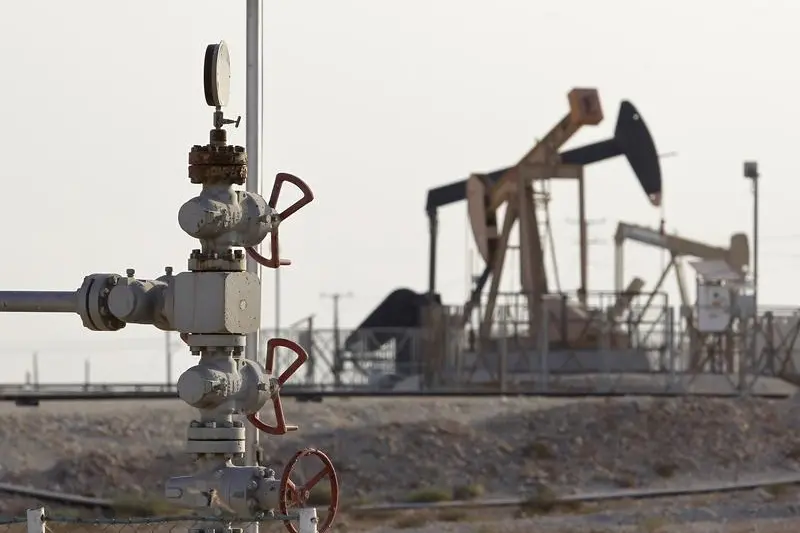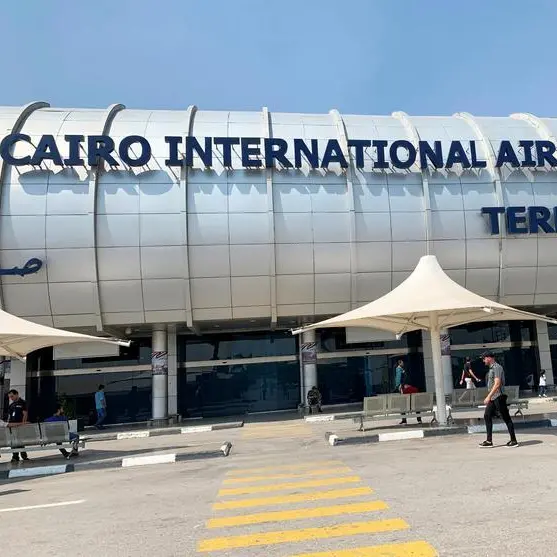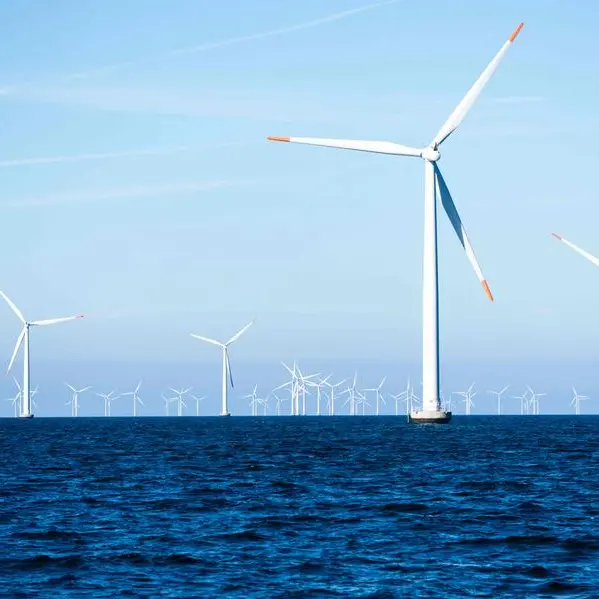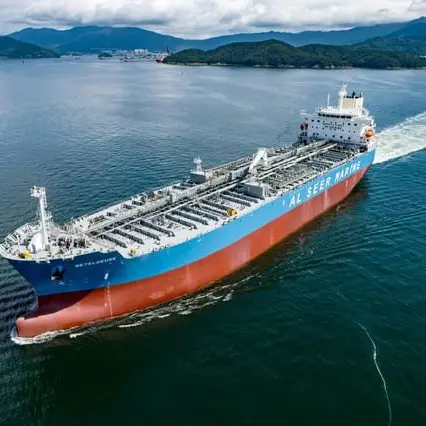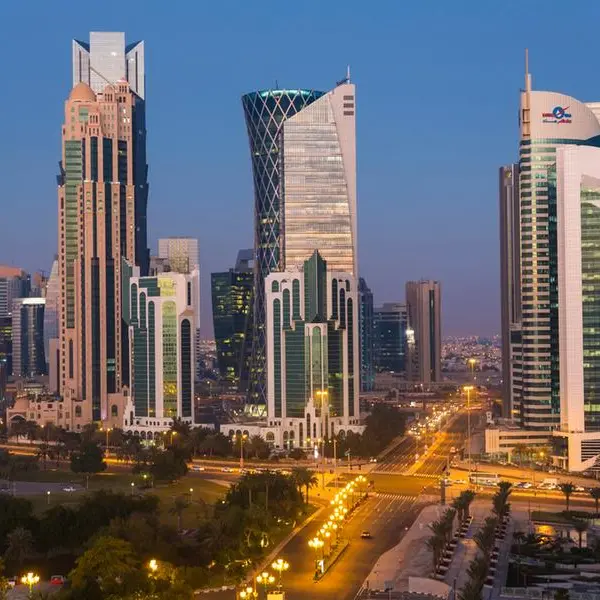PHOTO
Central to Bahrain’s plans of both becoming a gas hub and meeting rising domestic energy demand is a new liquefied natural gas (LNG) terminal and regasification facility, the Bahrain LNG Import Terminal.
Announced last year and slated to come on-line in early 2019, the Bahrain LNG Import Terminal will be located in Hidd industrial area on Muharraq Island and operated by Bahrain LNG W.L.L Company, a joint venture of nogaholding, the investment arm of Bahrain’s National Oil and Gas Authority (NOGA), and a consortium consisting of Teekay LNG Partners, Samsung C&T and the Gulf Investment Corporation.
The facility will comprise a floating storage unit, offshore receiving jetty, regasification platform, and an underwater pipe network linking the facility to the shore and an associated onshore receiving facility. It will have an initial capacity of 400m standard cu feet per day (scfd) expandable to 800m scfd.
The Bahrain LNG Import Terminal will form a vital part of the kingdom’s energy infrastructure by securing supply to meet growing demand for natural gas to fuel large industrial projects, generate power and water, and develop enhanced oil recovery. It should also provide an insurance policy in case of gas shortages and supplement domestic gas supplies with gas from LNG.
Meeting future demand
The recent moves to develop LNG in Bahrain are expected to go some way to meet the kingdom’s future energy needs, along with planned downstream expansions.
Earlier this year the Bahrain National Gas Expansion Company embarked on a $645m engineering, procurement and construction project with Japanese company JGC Group to increase its gas processing capacity
The expansion is moving forward in anticipation of long-term supply, according to Sheikh Mohammed bin Khalifa bin Ahmed Al Khalifa, the minister of oil.
"The Banagas expansion project is well under way and upon completion in 2018 will double our current capacity to process associated gas into propane, butane and naphtha," he told OBG.
Bahrain’s domestic gas production amounted to 15.3bn cu metres last year – a third of which was utilised for power generation. Government plans to increase power generation by 1.5 GW – as well as expansions by industrial producers such as Aluminium Bahrain, which aims to build a 1.35-MW power plant by 2019 – is expected to require an additional 3.3bn cu metres of gas supply per annum.
According to the International Energy Agency (IEA), the MENA region will increasingly rely on gas imports to meet energy needs in the coming decades.
Consumption in the Middle East is projected to increase from 480bn cu metres in 2015 to 738bn cu metres by 2040, an IEA report said, with local demand outstripping capacity in some countries, such as Bahrain. Although the Middle East has over 40% of the world’s gas reserves, Iran and Qatar account for 80%.
This demand will open doors to major exporters such as Russia, and to countries in the region equipped to land and process LNG.
Cooperation with Russia
To this end, Bahrain is looking to develop a partnership with Russia in LNG.
In early September country representatives signed a memorandum of understanding (MoU) to strengthen and expand cooperation in the energy sector during a diplomatic meeting between King Hamad bin Isa Al Khalifa and President Vladimir Putin in Russia.
The MoU – inked by Sheikh Mohammed bin Khalifa Al Khalifa as chairman of the board of directors of NOGA, and Viktor Zubkov, chairman of Russia’s state-owned energy company Gazprom – aims to expand cooperation in the field of LNG, including the possibility of Russia supplying LNG to the kingdom.
The agreement follows a February announcement from Abdul Hussain bin Ali Mirza, then-minister of energy, that talks were under way for Bahrain to potentially become a distribution centre for LNG, in response to a forecasted rise in demand for gas in the region, which has increased 7% per annum since the early 2000s.
Proposals to bring Russian LNG to Bahrain are not new, with initial plans floated as early as 2011, according to press reports. The most recent agreement, however, comes as Bahrain sees domestic gas consumption increase by an average annual rate of 5%.
© Oxford Business Group 2016
